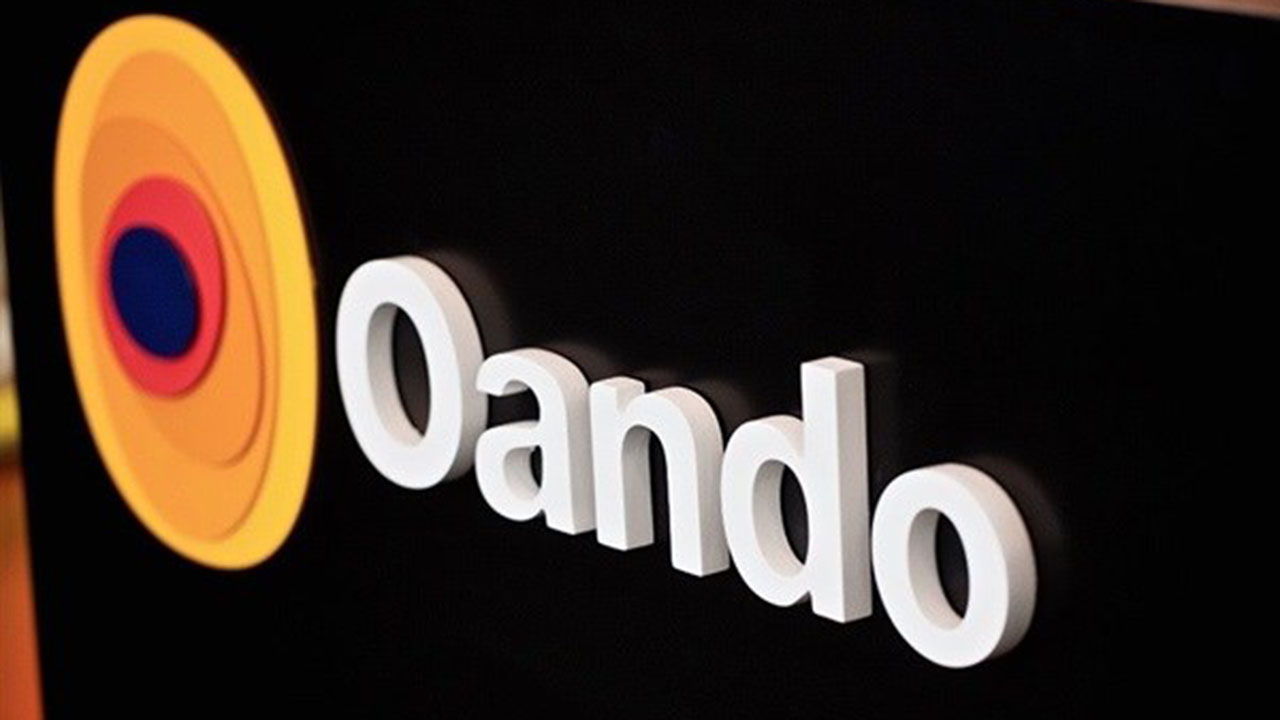When you hear of crypto, you probably imagine the rollercoaster ride that comes with it. One minute someone smiling and sharing their trading wins on social media, the next minute you hear a friend saying they should have just bought suya instead of that coin. That’s exactly why stablecoins exist.
They don’t try to wow you with overnight profits or break your heart with sudden dips. They just sit there, steady, dependable, and ready to move when you are. For Nigerians, that stability has made coins like Tether (USDT) and USD Coin (USDC) favourites. In this piece, we’ll break down stablecoins so you’ll know what they are, how they work, and why both traders and businesses should care.
What Are Stablecoins?
To understand stablecoins, let’s use the USDT meaning. USDT (Tether) is the most popular stablecoin. It’s pegged to the US dollar, meaning 1 USDT ≈ 1 USD. That simple feature is what makes stablecoins unique. They are designed to hold steady value, unlike cryptocurrencies like Bitcoin (BTC) or Ethereum (ETH) that move up and down constantly.
So, when you see someone swap their BTC to USDT, they’re moving from a volatile asset (Bitcoin) into a more stable and predictable coin (USDT).
So, in short: stablecoins are cryptocurrencies that maintain a fixed value, usually tied to a major currency like the dollar. But USDT isn’t the only stablecoin out there, and not all stablecoins are backed by the dollar.
Popular Types of Stablecoins
Stablecoins come in different variants, depending on what backs them. The most popular ones include:
-
Fiat-backed stablecoins: These are backed 1:1 by actual money in bank accounts. USDT and USDC are popular examples. For every USDT or USDC in circulation, the issuing company holds an equivalent dollar in a reserve.
-
Crypto-backed stablecoins: Instead of dollars, these are backed by other cryptocurrencies. DAI is a common example. To keep its value stable, it uses Ethereum and other assets as backing.
-
Algorithmic stablecoins: These don’t rely on reserves. Instead, they use algorithms and smart contracts (automated codes) to balance supply and demand. They’re less common today due to past collapses, but they remain part of the stablecoin world.
For Nigerian traders and businesses, fiat-backed stablecoins like USDT and USDC are the go-to options because they’re simple to use, trusted for their reserve backing, and more popular.
Difference Between Stablecoins and Other Cryptocurrencies
Here’s the main difference:
-
Traditional cryptocurrencies (like Bitcoin or Ethereum): Prices are volatile. You could gain 10% in one day or lose 15% the next.
-
Stablecoins: Value stays steady. 1 USDT is designed to always equal 1 USD
For example, imagine you bought Bitcoin at $65,000, and it drops to $62,000 overnight. If you’d converted your BTC to USDT or USDC before that drop, you’d have kept your value intact.
That reliability is why many traders use stablecoins as a buffer between trades. Businesses also find them attractive because they can accept payments without worrying that today’s revenue can be worth less tomorrow.
Why Stablecoins Are Important to Traders
Traders are always looking for efficiency, and stablecoins provide exactly that:
-
Hedging against volatility
Instead of cashing out to Naira or dollars, traders can simply move their assets into USDT when the market looks shaky. -
Quick conversions
Whether it’s checking USDT to Naira today for local value or looking up USDT to USD for international trades, conversions are straightforward. Platforms like Binance even let you see USDT to Naira Binance rates in real time. -
Liquidity for trading pairs
On most exchanges, stablecoins are paired with nearly every other crypto. Want to buy Ethereum? Chances are you’ll trade ETH/USDT. That makes stablecoins the oil that keeps the crypto engine running. -
Simplified profits
When profits are locked in USDT, traders can see their gains clearly. No more guessing if your “profit” is shrinking while waiting for Bitcoin to recover.
Why Should Businesses Care?
Stablecoins aren’t just for traders, they are becoming crucial for businesses too. Let’s break it down by sector:
1. Ecommerce Businesses
Online stores can accept stablecoin payments just like they accept card or bank transfers. So, a customer abroad paying in USDT makes things easy: no complicated foreign exchange and no waiting days for settlement. Plus, checking rates like USDT to Naira today ensures businesses know exactly how much they’re receiving in local currency.
2. Banks and Financial Institutions
Even banks are starting to pay attention. Stablecoins provide faster settlement than traditional banking systems, which can take days for international transfers. Using a stablecoin pegged to the dollar (like USDT or USDC), banks can move funds faster with cross-border transfers while maintaining trust.
3. Startups
For startups, stablecoins are a game-changer. They allow quick fundraising (accepting contributions in USDT), easier payroll for remote teams, and simplified global payments. Instead of worrying about exchange rate losses, a startup can pay staff or vendors using stablecoins and then convert based on USDT to Naira Binance or local P2P rates.
In short, businesses that want to move fast and avoid traditional payment bottlenecks are realising stablecoins are a practical tool.
How to Buy Stablecoins in Nigeria
Buying stablecoins in Nigeria is simpler than ever. Platforms like Quidax make it easy to get started. Here’s how:
-
Create a Quidax account
Sign up, verify your account, and you’re ready to start. -
Deposit funds
Add Naira into your wallet using bank transfer or other supported payment methods. -
Buy stablecoins instantly
Use Quidax’s Instant Swap feature to exchange Naira for USDT or USDC in seconds. You’ll see the rate upfront, similar to how you’d check USDT to Naira today. -
Trade or hold
You can use your stablecoins to trade other cryptocurrencies, send payments, or simply hold them as digital dollars.
Quidax also supports seamless conversions like BTC to USDT, making it easy for traders who want to protect profits without leaving the crypto ecosystem.
Final Thoughts
Stablecoins may not be as flashy as Bitcoin, but Nigerians fancy them because they are stable, easy to convert, and useful for both traders and businesses.
From e-commerce shops accepting USDT payments, to traders swapping BTC to USDT to protect profits, to startups running payroll in USDC, the uses are endless. Interestingly, exchanges like Quidax offer easy ways to buy and sell and stablecoins like USDT and USDC. You can even start with as little as ₦2,000.






